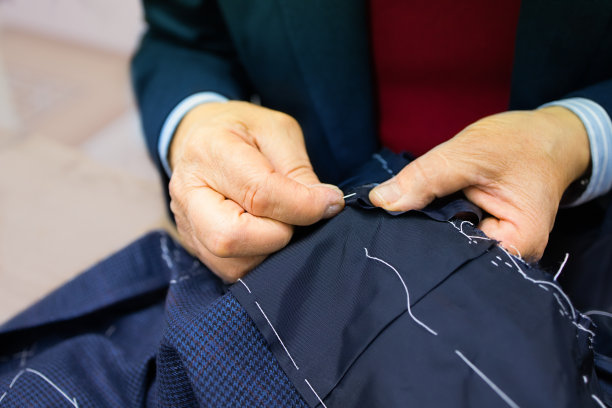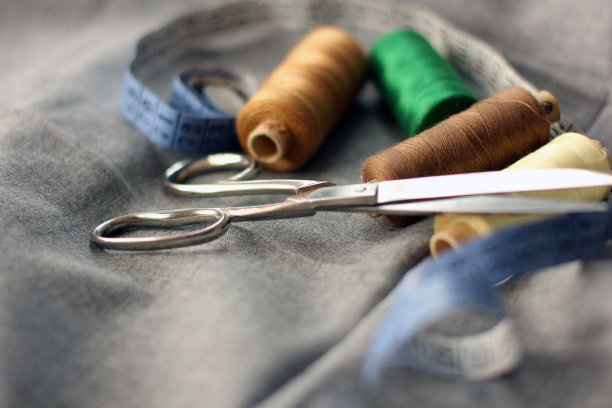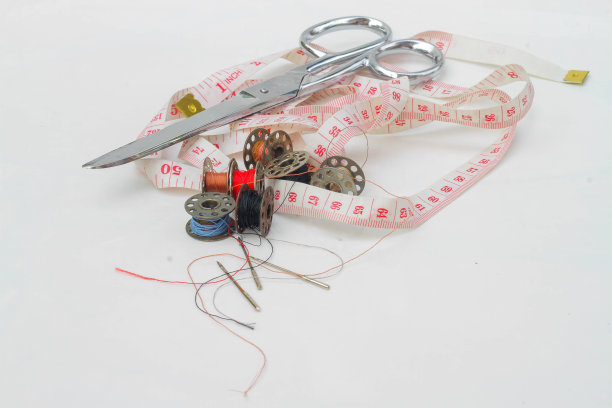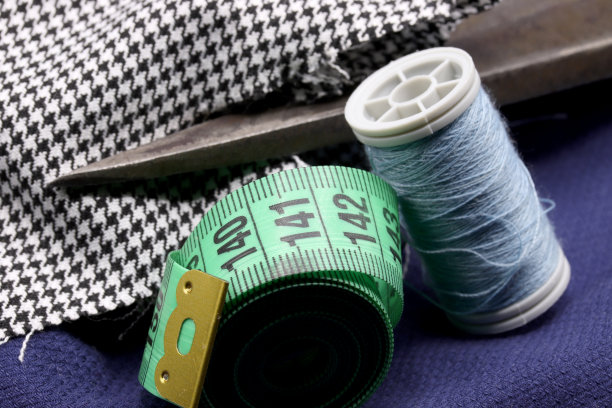When working with heavy fabrics, having the right marking tools is essential for achieving precision and accuracy. Fabric marking chalk for heavy fabrics is specifically designed to provide clear, long-lasting marks that can withstand the rigors of sewing thick materials. In this article, we will explore the top choices for heavy fabric marking, including various types of tailor chalk, to help you make informed decisions for your next sewing project.

Why Use Fabric Marking Chalk?
Using fabric marking chalk has several advantages, especially when dealing with heavy fabrics:
- Visibility: The right chalk provides excellent visibility on dark or textured materials, ensuring you can see your markings clearly.
- Durability: Heavy fabrics often require more robust marking tools that won’t easily smudge or fade during the sewing process.
- Easy Removal: Many fabric marking chalks are designed to wash out or brush off easily, leaving no trace on your finished garment.

Types of Fabric Marking Chalk for Heavy Fabrics
1. Tailor Chalk
Tailor chalk is a classic choice among sewers for marking heavy fabrics. It comes in various forms, including sticks and pencils, and is made from materials that offer excellent visibility. Here are some benefits of using tailor chalk:
- Variety of Colors: Available in multiple colors, tailor chalk allows you to choose the best contrast against your fabric.
- Precision Application: The shape of tailor chalk makes it easy to create fine lines or broader strokes, depending on your needs.
- Easily Erased: Most tailor chalk can be brushed off or washed away, making it a versatile option for temporary markings.
2. Chalk Wheels
Chalk wheels provide a unique and efficient way to mark heavy fabrics. They dispense chalk in a dotted line, making it easy to trace patterns or seams. Key features include:
- Effortless Application: Simply roll the chalk wheel along the fabric to create a continuous line.
- Less Mess: Chalk wheels tend to produce less dust and are cleaner to use compared to traditional chalk sticks.
- Durable Markings: The markings tend to hold up well even on thick materials, making them ideal for heavy fabrics.
3. Water-Soluble Marking Tools
For those who prefer a marking tool that washes away with water, water-soluble fabric marking chalk is a great choice. These tools are especially useful for projects that require precise markings on heavy fabrics, such as denim or canvas. Benefits include:
- Temporary Marks: Easily remove the markings with a damp cloth or by washing the fabric.
- Fine Tip Options: Many water-soluble chalks come with fine tips for detailed work, allowing for precision in your sewing projects.

Choosing the Right Chalk for Your Fabric
When selecting fabric marking chalk for heavy fabrics, consider the following factors:
- Fabric Type: Ensure the chalk you choose is suitable for the specific heavy fabric you are working with.
- Marking Duration: Decide whether you need temporary markings or something more permanent, as some chalks last longer than others.
- Application Method: Think about how you prefer to apply the chalk. Some people find chalk wheels easier for large projects, while others prefer the control of chalk sticks or pencils.

Tips for Using Fabric Marking Chalk
To get the most out of your fabric marking chalk, follow these tips:
- Test on Scraps: Always test the chalk on a scrap piece of fabric first to ensure it performs as expected and removes easily.
- Apply Lightly: Use light pressure when applying chalk to avoid damaging the fabric fibers, especially with delicate heavy fabrics.
- Mark on the Wrong Side: Whenever possible, make markings on the wrong side of the fabric to keep the finished product clean.

Conclusion
Choosing the right fabric marking chalk for heavy fabrics is crucial for achieving precision in your sewing projects. Whether you opt for traditional tailor chalk, chalk wheels, or water-soluble options, the right tools can significantly enhance your accuracy and confidence. Explore these durable and reliable choices to ensure your heavy fabric projects are successful and professionally finished.